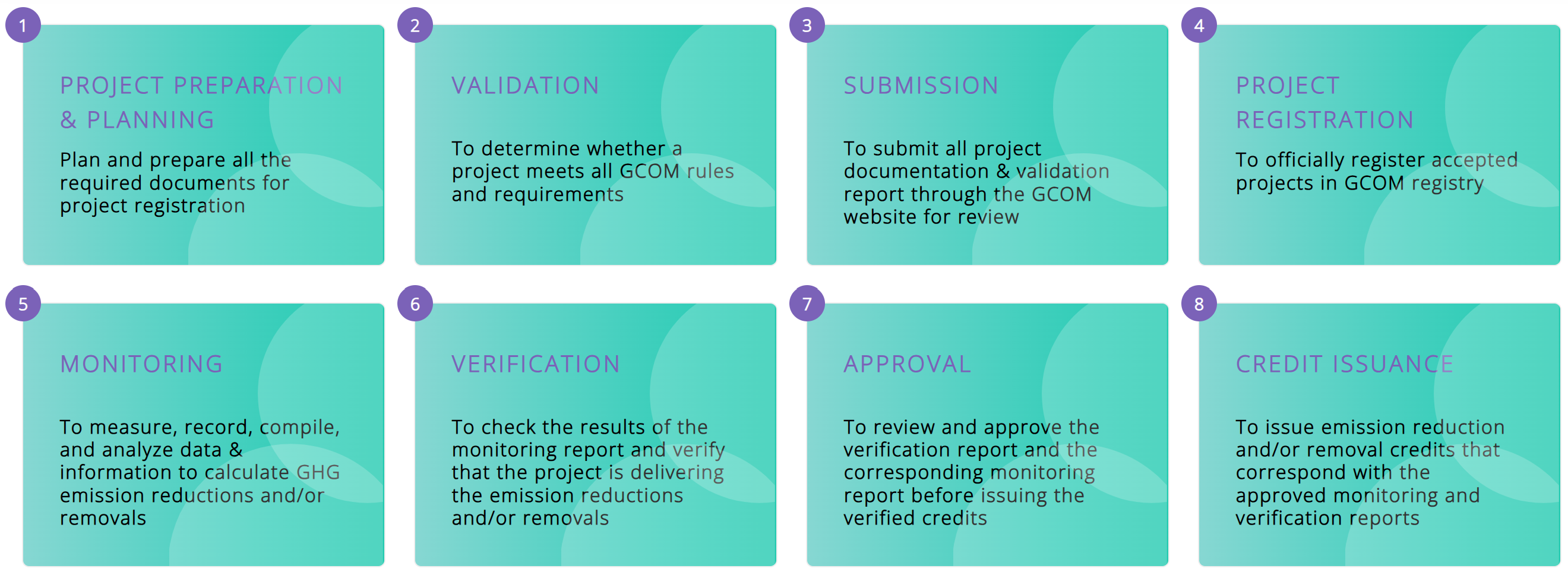1. Introduction
Reducing carbon footprints globally is the need of the hour and many countries are working towards achieving net-zero emissions. This aligns with the United Nations’ Sustainable Development Goals (SDGs), particularly SDG 13 (Climate Action) and SDG 7 (Affordable and Clean Energy), by promoting the transition to renewable energy, fostering responsible consumption and production (SDG 12), and protecting ecosystems (SDG 15).
Saudi Arabia is rapidly positioning itself as a regional leader in climate action through initiatives like the Greenhouse Gas Crediting and Offsetting Mechanism (GCOM) and the Regional Voluntary Carbon Market Company (RVCMC). These efforts are aligned with Vision 2030 and the Kingdom’s commitment to achieving net-zero emissions by 2060. As carbon credit trading gains momentum, understanding its VAT implications becomes essential for businesses and investors.
2. What is a Carbon Credit
Carbon credit represents the right to emit one metric ton of carbon dioxide or its equivalent in other greenhouse gases. These credits are issued to entities that implement verified emission reduction or removal projects. They can be traded in markets to help other entities offset their emissions and meet regulatory or voluntary climate goals.
This creates a balance where the emissions of one entity are neutralized by the reductions made by another entity. The overall goal is to encourage sustainable practices and move closer to net-zero emissions.
3. Carbon Credit Framework in Saudi Arabia
The United Nations Framework Convention on Climate Change (UNFCCC) is one of the foundational organizations on international climate negotiations. It adopted the Kyoto Protocol in 1997 which was later replaced by the Paris Agreement in 2015. The Paris Agreement is an international treaty on climate change and the KSA is a participant in this Agreement. The Agreement requires the member countries to submit their national climate action plans, known as nationally determined contributions (NDCs) annually.
The KSA has proactively initiated various measures for developing a robust carbon credit exchange market. Some of the key initiatives undertaken by the KSA are:
- Establishment of the GCOM to achieve national emission reduction targets in a cost-effective manner, fostering cooperation and mobilizing finance across sectors.
- Setting up the RVCMC, jointly owned by the Public Investment Fund (PIF) and the Saudi Tadawul Group, to develop the KSA as a regional hub for voluntary carbon trading. RVCMC in Nov 2024 launched the voluntary carbon market exchange platform which facilitates fast and secure transactions and offers price and data discovery for carbon credit projects.
Recent developments highlight growing activity in this space. For example, ENOWA (the energy and water subsidiary of NEOM) and RVCMC have announced a long-term agreement to facilitate the delivery of approximately 30 million tonnes of Carbon credit within this decade.
4. Carbon Credit Issuance and Trading Process in Saudi Arabia
KSA’s carbon credit ecosystem is structured around the GCOM Guidelines, which outline a rigorous process for project registration, validation, and credit issuance. Here’s a step-by-step overview:

The issued credits can be sold through the RVCMC trading platform. Buyers use acquired credits to offset their own emissions, contributing to their sustainability goals or regulatory compliance.
5. Understanding KSA VAT Implications
The VAT treatment of carbon credits in Saudi Arabia is still evolving and no formal guidance has been issued around the same by the Zakat, Tax and Customs Authority (ZATCA) in the KSA.
Classification of carbon credit
Under the general KSA VAT framework, a supply is categorized as a supply of goods if it involves the transfer of “material property (material assets), including water and all forms of energy”. If a supply does not constitute a supply of goods, it is automatically considered a supply of services. Since carbon credits are intangible rights/ assets in nature, their supply would most likely be classified as a supply of services.
Although carbon credits are traded in the market like securities, they are generally not treated like a financial instrument for VAT purposes. In the EU VAT construct, the VAT committee concluded that exemptions which apply to financial transactions like shares, currency, and negotiable instruments do not apply to carbon credit transfers. Further, given their nature and the definition of electronic services under the KSA VAT legislation, it is unlikely that transfer of carbon credit would qualify as an electronic service.
Having said the above, certain transactions in carbon credit may potentially fall under the category of financial services although Carbon Credits do not get classified an equity or a debt security. Examples include pledging carbon credits as collateral and trading in derivatives or options represented by carbon credits. In the absence of any specific guidance on this matter, each transaction must be examined based on the factual pattern to determine whether it can be classified as an exempt activity not subject to VAT.
Further, it is important to note that under Australia Goods and Services Tax law, supply of Australian Carbon Credit Units (ACCUs) is treated as a GST-free supply.
Carbon credit Transactions and VAT thereon
As discussed above, the carbon credit ecosystem involves a variety of transactions, each carrying distinct VAT consequences under Saudi Arabia’s VAT framework.
- Issuance of carbon credit – Not regarded as a taxable event, since no supply is involved at the stage of issuance. Such activity falls outside the scope of VAT. In any case, the Designated National Authority (DNA) issues carbon credit. DNA was established by a Council of Ministers’ decision in 2009 and should be treated as a government body performing statutory government function and therefore out of scope of VAT.
- Sale/ purchase of carbon credit – A transaction in carbon credit should be treated as a supply of service therefore be subject to standard rate of VAT, where the transaction is between two KSA resident entities.
- Carbon credit platform (RVCMC platform) – The listing fees (if any) and commission received by the platform on the trading of carbon credit should be considered as a taxable activity. Further from January 2026, online marketplaces (OMPs), i.e., online interfaces or portals acting as intermediaries for non-resident suppliers, may be treated as taxable persons for VAT purpose, in which case, the OMPs would be required to collect and remit VAT on the supplies to KSA residents.
- Cancellation and retirement of credit – When buyers use or cancel credits, the GCOM registry retires the serial number of that credit, such that the same credit cannot be re-sold. Cancellation of such credit should be out of scope of VAT.
Other key considerations
- Input tax recoverability – The input tax recovery will depend upon the classification of carbon credit in the hands of the trader. Assuming that carbon credit is subject to VAT (0% or 15%), input VAT should be recoverable. On the other hand, if they are treated as exempt financial services, then input tax would be restricted.
However, where a buyer engaged in a VAT exempt activity (wholly or partially) buys the carbon credit subject to VAT and uses the credit to offset its emissions, input VAT credit of such purchase would be inadmissible in full or partially, as the case may be.
As regards the project owner, even if the carbon credit sale is treated as exempt, it may be argued that the project owner should be eligible to deduct full input tax on the implementation of the project as allotment carbon credit units is an incentive received and there would be no specific expenses incurred against the same. - Reverse Charge: Cross border transactions may trigger RCM obligations.
- Zero–rating – Supply of carbon credits to a non-resident may qualify for zero-rating subject to fulfilment of prescribed conditions.
The Way Forward
Trading of carbon credits in the KSA is a promising avenue for environmental and economic transformation. However, the VAT implications remain a complex and evolving area. As the market matures, clearer guidance from ZATCA will be essential to ensure compliance and facilitate growth. It is important for business to stay informed and proactive in this respect.

